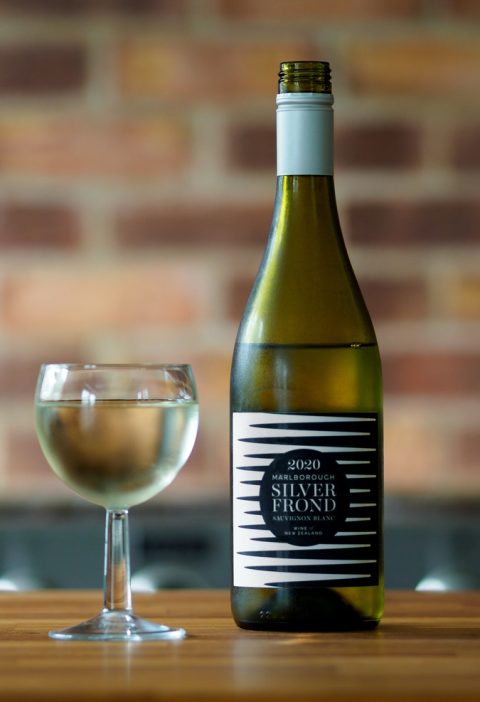
Red wine is often viewed as a heavier, heartier type of wine that pairs well with savory foods. While it doesn’t have as many calories as other types of wine, drinking more than one glass a day can still be unhealthy for some people.
Knowing how many calories in a glass of red wine can help you plan your next drinking session. This article compares the calorie content of different types of wine and discusses where these calories come from.
Calories
There’s nothing quite like a glass of red wine to help you relax and unwind after a long day. However, if you’re trying to lose weight or maintain a healthy lifestyle, then knowing how many calories in a glass of wine is important.
The number of calories in a glass of red wine depends on several factors, including the alcohol by volume (ABV) and sugar content. Generally, a five-ounce glass of red wine has about 125 calories. This accounts for around 4% of the daily calorie intake for an average adult.
One of the biggest sources of calories in wine is sugar, which can add around 4 calories per gram. This is especially true for wines that have some residual sugar, such as light-bodied reds and sweet dessert wines.
Another major source of calories in wine is alcohol, which contains about 7 calories per gram. This is much higher than the 4 calories per gram of sugar.
If you’re looking for a low-calorie wine, there are plenty to choose from. Some of them contain only 100 calories for a 150ml glass. Others have a higher ABV, but they are still a great choice for those on a calorie-restricted diet.
A 5-ounce glass of 12% ABV Pinot Noir has about 120 calories. It’s not a significant difference from a white wine, but it’s still worth considering if you’re watching your weight or looking to improve your health.
Drinking red wine can also provide a host of other benefits, such as increased antioxidants and anti-inflammatory properties. It can also help decrease insulin resistance, which can lead to a better metabolism and longer life.
There are also a number of red wines that have fewer calories than the average 5-ounce pour. Fortunately, it’s easy to find a low-calorie wine that you love!
The best way to determine how many calories in a glass of red wine is to check the label for the ABV and alcohol calories. Most bottles will provide this information, so it’s an easy way to get an idea of what you’re drinking.
Carbohydrates
Carbohydrates are naturally occurring sugars, starches, and fiber that your body uses for fuel. They come in a variety of forms and can be found in many foods and beverages, including fruits, vegetables, dairy products, grains, and alcoholic beverages.
A glass of red wine typically contains about 3.4 to 4 grams of carbohydrates, which is less than what you would find in a diet soda or other sweet beverage. However, you should still be aware of the calorie content of your drink if you are trying to lose weight or control blood sugar.
The carbs in red wine vary depending on the type of grapes used, the way they are fermented, and other factors. For example, varietals that are left on the vine longer create a raisin-like grape with higher sugar levels.
During the fermentation process, the yeast breaks down the natural sugars in the grapes into alcohol. If the winemaker decides to stop the fermentation before the yeast has consumed all of the sugar, they leave this residual sugar behind, which can contribute to the carb content of a wine.
In general, dry wines have lower carbohydrate content than sweet dessert wines because the fermentation process is longer and the leftover sugar is turned into alcohol. Some popular dry red wines include Cabinet Sauvignon, Syrah, and Malbec.
You can find low-carb wine options from a variety of sources, including online and in stores. You can also ask your server or bartender for the nutritional information of a specific bottle.
If you are following a low-carb or keto diet, it’s important to choose wine that is labeled as “low sugar” or “reduced sugar.” These types of wines are usually made from a special blend of grapes that are grown in specific regions and have lower sugar levels than others.
While there are a few different ways to estimate the amount of carbs in a particular wine, it is best to choose a wine with a low residual sugar (RS). This can be done by looking at the wine’s RS and the number on the wine label.
Alcohol
Wine is often a part of a healthy and balanced diet, but it can also have calories. If you are trying to control your calorie intake, it is best to drink in moderation and not to overindulge every time you have a glass.
Calories in wine come from a combination of sugar, alcohol, and other factors. The amount of sugar in wine depends on how much residual sugar is left after the winemaking process.
Sugar is a carbohydrate, which adds about 4 calories per gram to the wine. This is why wines like Pinot Noir can have as many as 3-4 grams of carbs in a 150ml pour.
The alcohol in wine, however, has a different effect on the body than carbohydrates do. It is not digested the same way as food, and thus it contains a large amount of alcohol calories.
There are 158 calories in 1 oz of pure alcohol, so a 150ml pour will contain about 111 alcohol calories. This is why it is important to check the alcohol content (ABV) of the wine before calculating the calories in your drink.
Red wine generally has a higher alcohol content than white wine. This is due to the fact that red wines are made from fermented grapes. As a result, they contain more sugar than white wines.
Some winemakers use additives to sweeten their wines, which can add extra calories. High-quality dry wines, on the other hand, tend to have fewer calories.
The number of calories in a glass of red wine can vary greatly depending on the type and brand. Some wines can have up to 132 calories in a glass, and a 750ml bottle can contain as many as 530 calories.
Luckily, there are several ways to estimate the calories in wine without having to consult a nutritionist. One of the most straightforward methods is to measure the alcohol by volume, or ABV. This will give you an accurate idea of how many calories are in your glass of wine.
It is also possible to find low calorie wine in the store, but it’s important to read the labels carefully. Some “low calorie” products may list 100 calories for a 150ml glass, but they are 12% ABV or higher.
Sugar
A glass of wine is a delicious way to unwind after a long day or to celebrate a special occasion. However, just like any other alcoholic beverage, wine has calories. The number of calories in a glass of red wine depends on a few factors, including the alcohol percentage (ABV) and sugar content.
The best way to get a good idea of the calories in a bottle or glass of red wine is by checking the wine’s ABV and looking at the calorie count on the label. Typically, a wine that’s 12% alcohol by volume will have about 100 calories per ounce, while a wine with 14% alcohol by volume will contain about 112 calories.
If you’re trying to keep your calorie intake low while drinking wine, it is important to choose wines with lower alcohol content and fewer calories. This is because lower alcohol levels mean less residual sugar in the final product, and a lower residual sugar means fewer calories.
This is why dry, low-alcohol wines tend to have fewer calories than sweeter, higher-alcohol wines. It’s also why Pinot Grigio is often lower in calories than Zinfandel.
Since the sugar content of red wine naturally increases with fermentation, it’s important to drink yours sparingly. According to the American Heart Association, women should limit their daily sugar intake to 25 grams and men to 36.
It is estimated that a 125 ml glass of red wine contains about 106 – 132 calories, which is around 4% of an average adult’s daily calorie consumption. This is not a significant number of calories, but it is something to keep in mind if you’re trying to lose weight or maintain a healthy lifestyle.
If you’re concerned about the amount of sugar in your wine, consider looking for wines that are labeled “brut,” which means they are “dry,” “extra brut,” or “brut nature.” These wines are low in sugar and can be a great addition to your evening cocktail. Some examples include Beringer Founder’s Estate Pinot Noir, which contains 3.4 grams of total carbohydrates in a 5-ounce glass and is super-affordable.

